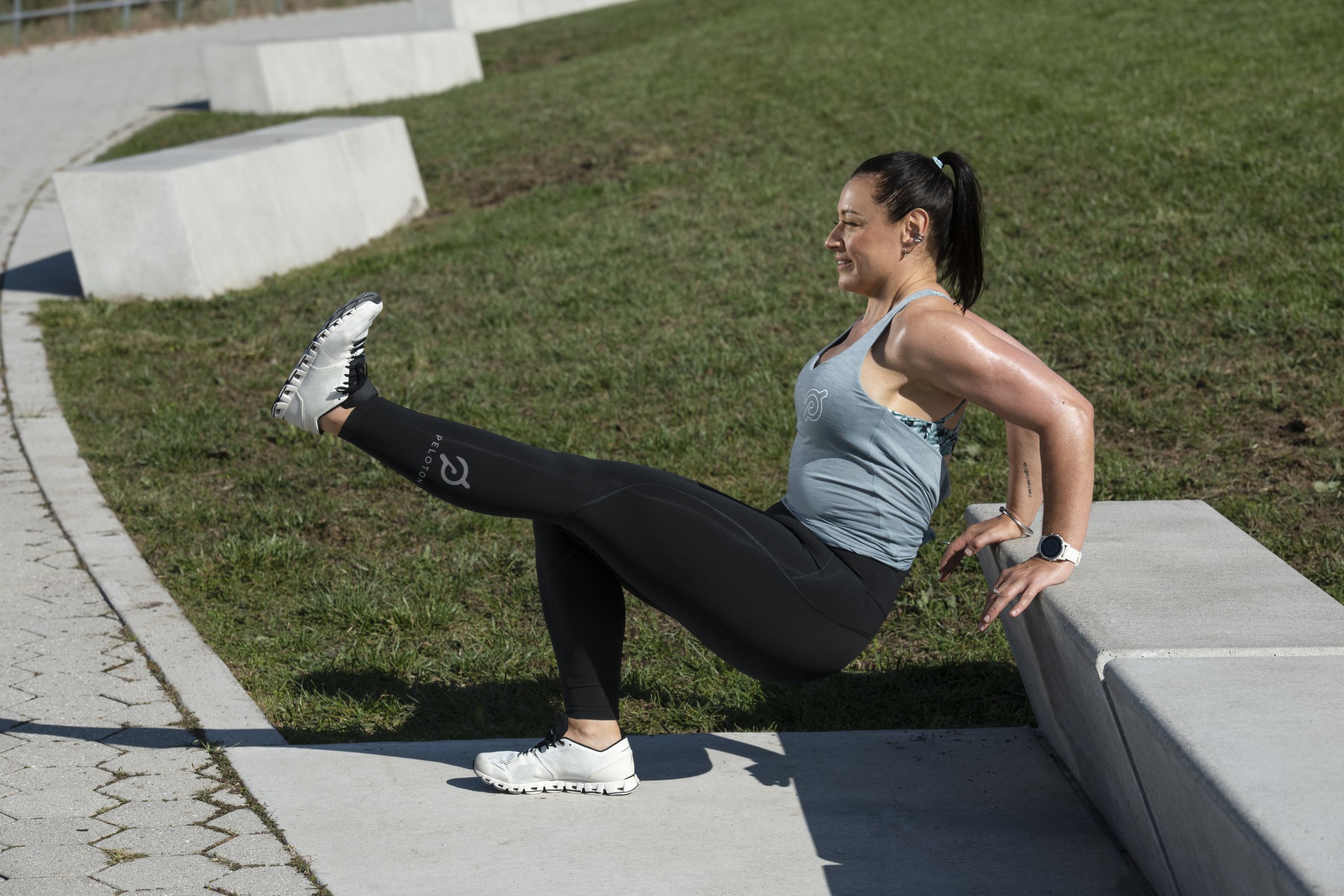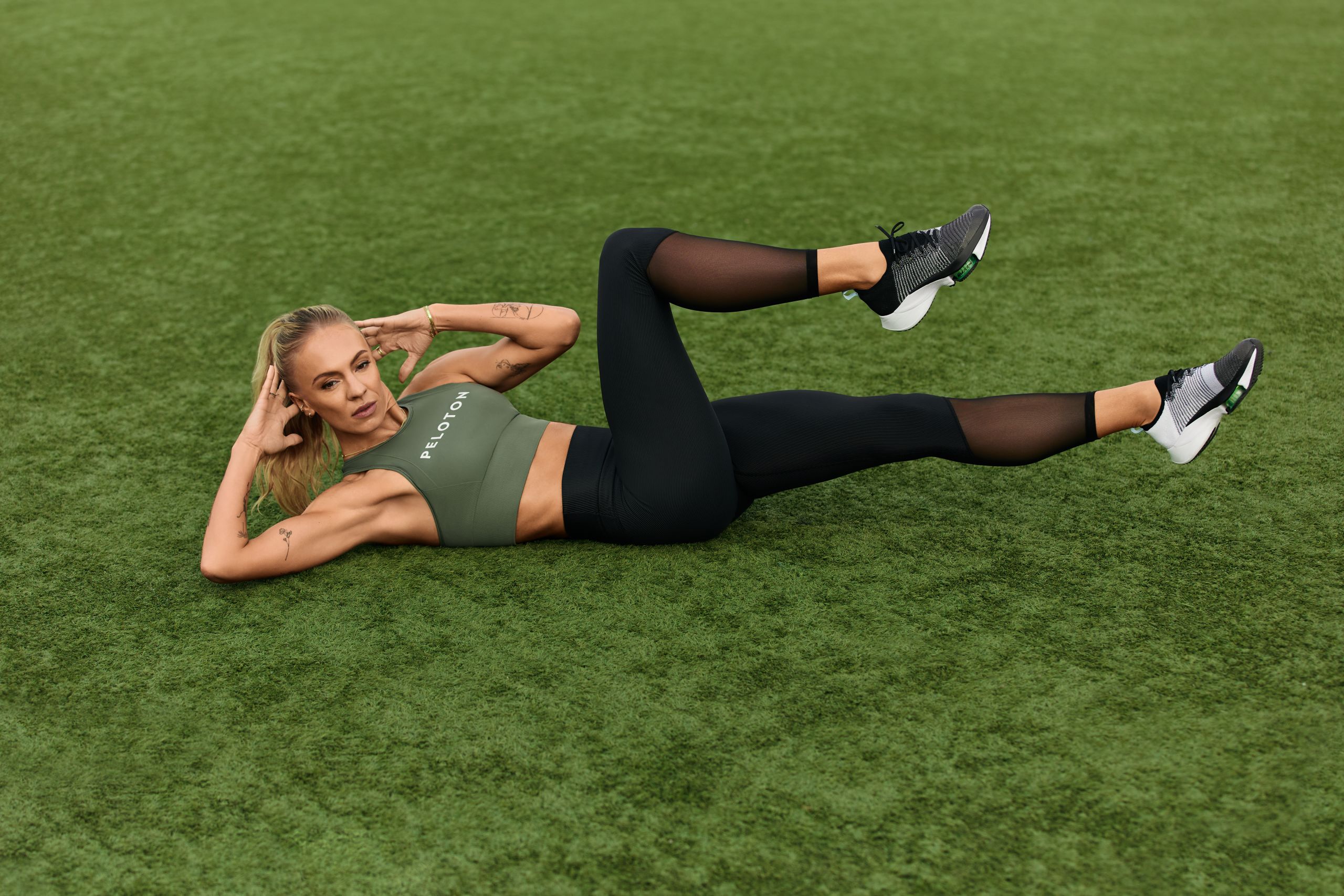
Training for Endurance? You Need Strength Training.
Whether you’re working toward a marathon or a 100-mile bike ride, getting stronger will help you level up.
By Alyssa Sybertz•
So you’ve decided to train for an ambitious fitness goal, such as a marathon, 100-mile bike ride, or a multi-day benefit ride. Whatever you’re striving to achieve, it’ll be an impressive feat of mental dedication and physical endurance, so you want your workouts along the way to be as efficient and effective as possible. That means stacking as many Bike and Tread classes as you can, right?
Not so fast.
“It was long believed that endurance athletes should avoid weight training in order to keep their muscle mass down, thinking that with less mass, they would go faster,” says Christine D’Ercole, Peloton instructor and decorated cyclist. “However, the benefits of strength training can actually greatly improve performance for endurance athletes.” Indeed, a balanced regimen that incorporates both cardio workouts in your race discipline and complementary strength training will help you ride or run faster for longer on the day.

The kind of strength training you need will depend on what you’re training for. “For biking and running, the strength workouts are going to look different since the dominant muscle groups are different,” says Peloton instructor and accomplished distance runner Becs Gentry. “However, the focus will be the same: You strengthen your total body with a specific focus on movement patterns and muscle groups that support the discipline you are training for.”
For running, Becs recommends focusing on single leg balance and core work, plus incorporating some upper body. “Working your balance and power on one leg creates more efficient mechanics and therefore can lead to you getting faster,” she explains. (Pro tip: Peloton’s Strength for Runners classes have got you covered with all the necessary moves.)
For cycling, Christine suggests dividing your strength training days among chest and back, arms and shoulders, and legs and abdominals. “Special attention should be given to ensuring that the strength program includes exercises that counterbalance the limited movement cycling relies on,” she adds. “Incorporating bouts of explosive power training can also give the endurance athlete the edge to go the distance faster.”
Alternating your cardio workouts with strength also helps you avoid injury and cultivate balance. “Strength training ensures that you are training your body to get stronger in different planes of movement aside from your dominant one, running or biking,” explains Becs. “By moving in different planes, you work on balance and create total body strength. This in turn helps to alleviate risk of injury too.”

The reason: The repetitive movements involved in running or biking long distances can create imbalances that strengthen the muscles used in those movements and weaken the ones that are idle, increasing the likelihood that you could injure one of those secondary muscles. “Strength training also helps to protect the body from injury by strengthening ligaments and tendons, increasing bone density and improving fatigue resistance,” adds Christine.
Both Becs and Christine suggest adding a few strength workouts per week to balance out your cardio, making sure to always include a rest day. “When beginning any strength program, it’s important to build your base first, to lay the foundation for heavier work later,” Christine says. “This means that you would begin your program with lower weight and higher reps while also focusing on good form, and move to higher weight and lower reps over time.”
Ready to take on an endurance challenge with Peloton? To get started, check out the strength classes on the Peloton App!
